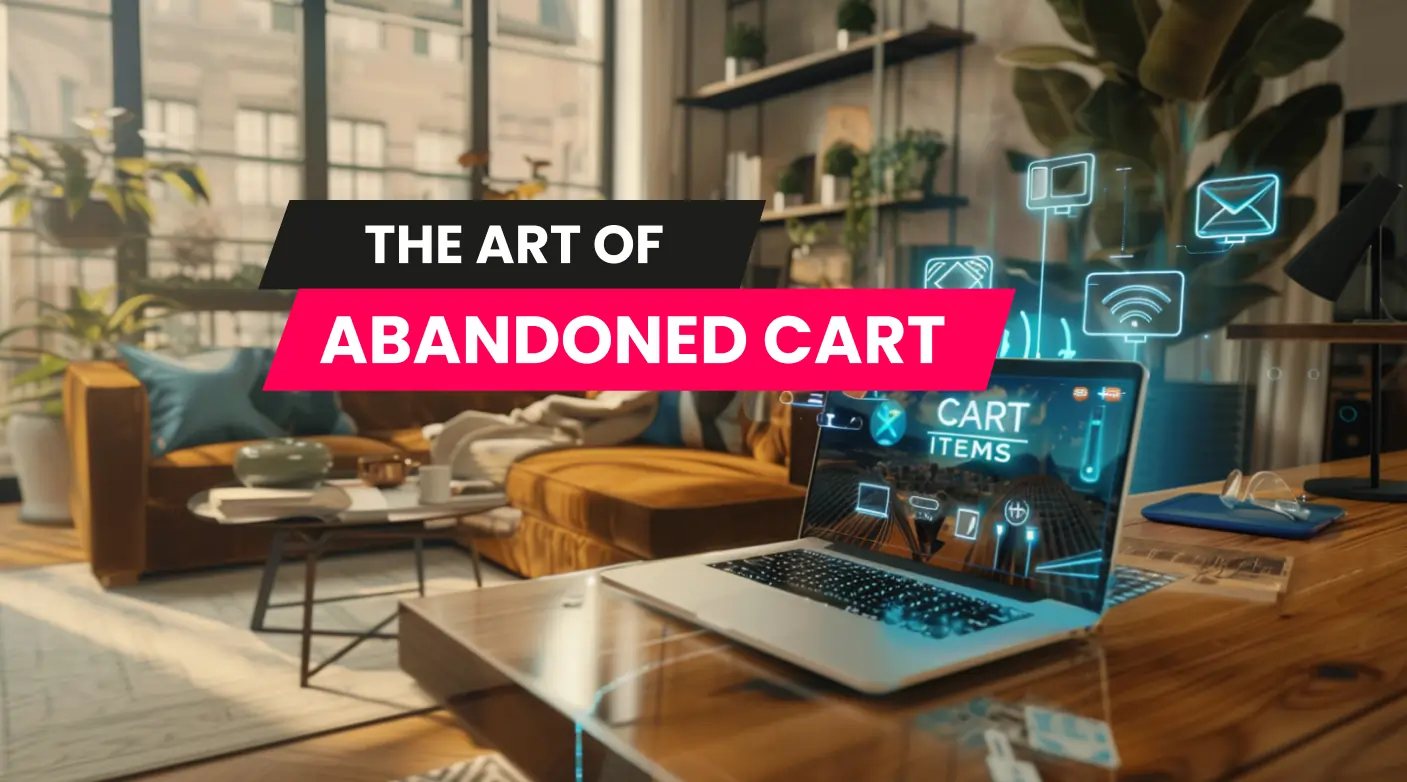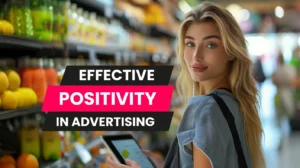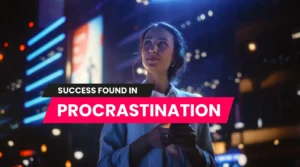Abandon Cart Emails
In the fast-paced world of e-commerce, where the abundance of choices can sometimes lead to decision paralysis, abandoned cart email sequences emerge as a beacon of hope for online retailers aiming to recapture the attention of shoppers who’ve left their carts behind. These carefully crafted email sequences are not just reminders but strategic communications designed to re-engage potential customers, offering them reasons to revisit their decisions. By leveraging the power of personalized messaging, exclusive offers, and timely reminders, businesses can significantly reduce cart abandonment rates and boost conversions. This article delves into the art and science of creating effective abandoned cart email sequences, providing insights and strategies to help you turn those almost-sales into confirmed purchases, ensuring that your customers’ last click isn’t just on the “add to cart” button, but on “complete purchase” as well.
20 Email Subject line examples:
Crafting abandoned cart headlines is all about sparking interest, invoking emotion, or offering value to entice customers back to their carts. Here are 20 engaging headlines designed to help recover abandoned carts:
- “Did You Forget Something? Your Cart Misses You!”
- “Wait, You Left Without Your Favorites!”
- “Your Cart Is Feeling Lonely – Let’s Fix That!”
- “Oops! Looks Like You Left Something Behind.”
- “Is Now A Better Time? Your Cart Awaits!”
- “Complete Your Purchase & Enjoy Exclusive Savings!”
- “Hurry Back! Your Cart Items Are In High Demand.”
- “Still Thinking It Over? Let’s Make It A Yes.”
- “Your Perfect Picks Are Just A Click Away!”
- “Seal The Deal: Special Offer Just For You!”
- “We Saved Your Selections – Come Back Soon!”
- “Exclusive Discount Inside: Because We Missed You!”
- “Your Cart Made Us Think Of You Today.”
- “Final Call: Your Cart Expires Soon!”
- “Just A Nudge: Your Cart’s Waiting Patiently.”
- “Whoops! Did You Mean To Leave These Behind?”
- “Don’t Miss Out – Your Cart Items Are Selling Fast!”
- “Let’s Make It Official – Your Cart Is Waiting!”
- “Complete Your Order Now For A Sweet Surprise!”
- “A Gentle Reminder: Your Dream Items Aren’t Reserved Yet!”
Timing for Sending
Determining the ideal timing for sending abandoned cart emails and segmenting audiences for personalization are pivotal strategies in maximising recovery rates. The timing should be strategic; the first email often performs best when sent within an hour of cart abandonment,capitalising on the customer’s initial interest.
Subsequent emails can be spaced out over a few days to remind and incentivize the customer without overwhelming them.
Audience Segmenting
Audience segmentation, on the other hand, allows for a more tailored approach. Customers can be segmented based on their browsing behavior, purchase history, and engagement level with previous emails. For instance, a first-time visitor who abandons a cart might receive a different message from a repeat customer who does the same, with the latter possibly receiving a more personalized offer based on their purchase history. By analyzing customer data, businesses can create highly personalised emails that speak directly to the shopper’s interests and motivations, significantly increasing the chances of converting abandoned carts into sales. This dual approach of optimizing timing and leveraging segmentation for personalization ensures that each communication is relevant and timely, enhancing the effectiveness of abandoned cart recovery efforts.
Key Metrics
When examining the percentage of abandoned cart recoveries, it’s essential to consider the wide range of effectiveness across different industries and strategies. On average, the recovery rate from abandoned cart emails can vary significantly, with some businesses experiencing a recovery rate as low as 5%, while others achieve rates upwards of 20% or more. This variance largely depends on how well the recovery strategy is executed, including factors such as the timing of the email, the level of personalization, and the attractiveness of the offer presented. Industries with higher ticket items or longer consideration cycles might see lower recovery rates due to the nature of the purchase decision, whereas impulse buy products or those with high demand might see higher recovery rates. Moreover, businesses that employ a multi-step abandoned cart email sequence often report higher recovery percentages, as they effectively re-engage customers at different stages of their decision-making process. The success of these strategies is also amplified by integrating persuasive elements such as urgency, scarcity, and exclusivity, proving that a well-crafted abandoned cart recovery campaign can significantly impact overall sales performance.
Real-Time Examples
Several e-commerce companies are recognized for their innovative and effective abandoned cart email sequences, standing out in the industry for their ability to re-engage potential customers and convert abandoned carts into sales. Here’s a list of companies known for their excellence in this area:
- Amazon – Leveraging vast amounts of customer data, Amazon’s abandoned cart emails are highly personalized, often including recommendations and gentle reminders.
- Asos – Known for its trendy fashion offerings, Asos uses timely, engaging emails with a clear call to action, encouraging shoppers to return to their carts.
- Sephora – Sephora excels in personalization, offering beauty recommendations alongside reminders about items left in the cart, often sweetened with a loyalty points offer.
- Warby Parker – This eyewear company uses a mix of humor and urgency in their abandoned cart emails, reminding customers of their trial period for glasses.
- Nomad Goods – Specializing in accessories for the tech-savvy, Nomad Goods crafts compelling emails that highlight product benefits and scarcity to drive conversions.
- Casper – The mattress and bedding company Casper creates abandoned cart emails that emphasize the comfort and quality of their products, often offering a discount to complete the purchase.
- Dollar Shave Club – With a tone that matches their brand’s personality, Dollar Shave Club’s emails are conversational and often include a special offer to encourage a return to the cart.
- Bonobos – The men’s clothing company Bonobos uses a friendly tone and clear visuals in their emails, making it easy for customers to see what they’ve abandoned and why they should complete their purchase.
- BarkBox – BarkBox’s abandoned cart emails are as playful as their subscription service for dogs, often featuring cute imagery and a call to action that appeals to pet owners.
- Glossier – Beauty brand Glossier utilizes a clean, minimalist design in their emails, focusing on product benefits and including customer reviews to build trust and encourage sales.
- Bubblgum – Known for its fashion through advanced marketing strategies, Bubblgum has mastered the art of welcome series, abandon cart series, creating a beautiful path to purchase.
These companies not only excel in crafting abandoned cart emails that capture attention but also in creating an overall customer experience that fosters loyalty and repeat business.
In the dynamic landscape of e-commerce, the art of crafting abandoned cart email sequences represents a crucial strategy for recapturing potential sales and nurturing customer relationships. The companies highlighted above set the benchmark for effective engagement, blending the right mix of personalization, timing, and incentive to guide customers back to their carts. These brands demonstrate that with a thoughtful approach to abandoned cart recovery, e-commerce businesses can turn lost opportunities into valuable transactions. As the digital marketplace continues to evolve, mastering abandoned cart emails will remain an essential tool for companies looking to enhance their customer experience and maximize their sales potential, proving that sometimes, a well-timed nudge is all it takes to convert hesitation into action.




